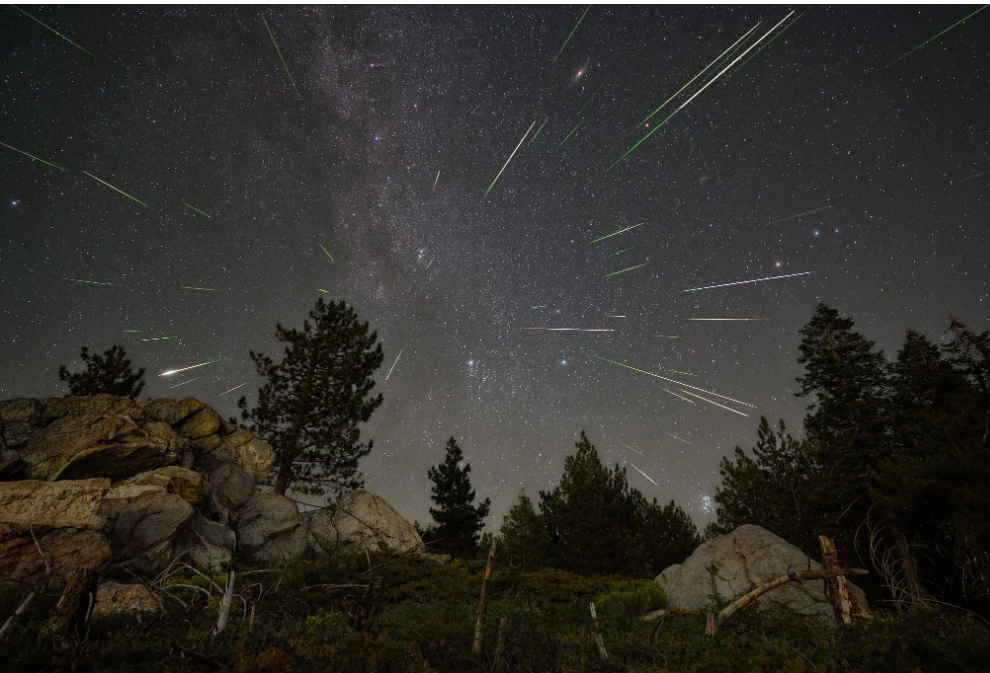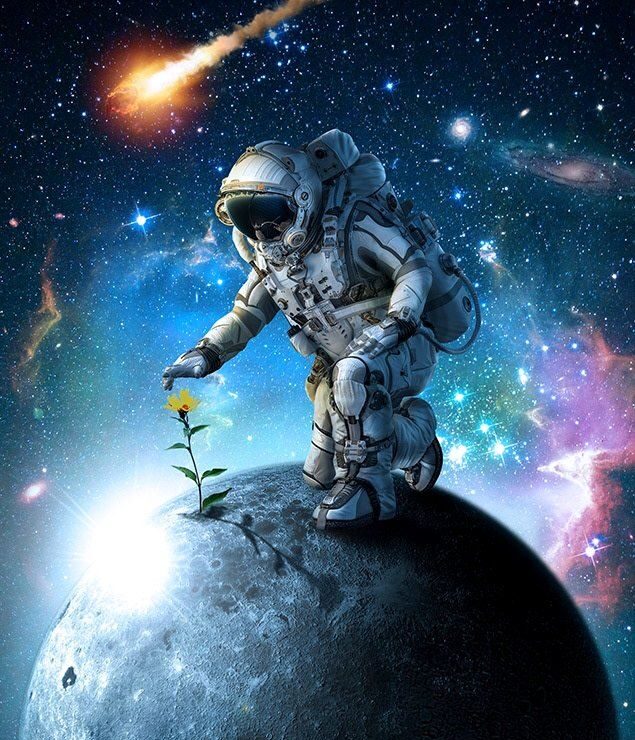From Stars to Spacecraft: The Full Journey of Space Exploration

Since the beginning of time, humans have looked up at the sky and asked the same question: What lies beyond? The stars, the Moon, and the planets have always inspired awe. But over thousands of years, that curiosity turned into science—and eventually, exploration.
Today, let’s take a journey through the complete history of space exploration—from ancient astronomy to the modern space age, from the invention of rockets to humanity’s most ambitious missions beyond Earth.
Ancient Times: When the Sky Was Our Calendar
Long before telescopes or spacecraft, ancient civilizations relied on the sky to understand time, seasons, and even spirituality.
- The Babylonians tracked the movements of stars and planets as early as 1800 BCE.
- Egyptians aligned pyramids with stars like Sirius, using celestial events to guide agriculture.
- The Maya built complex calendars based on planetary cycles and eclipses.
- Ancient Indian astronomers estimated the size of the Earth and theorized a heliocentric model.
- Greek philosophers like Aristarchus and Ptolemy debated planetary motion and created the earliest models of the cosmos.
These ancient skywatchers laid the groundwork for astronomy as we know it today.
The Scientific Awakening: From Earth-Centric to Heliocentric
Fast forward to the Renaissance—this was the period when humanity began challenging old beliefs and exploring the universe with science.
- Nicolaus Copernicus published his heliocentric model in 1543, proposing that the Earth revolved around the Sun.
- Galileo Galilei used one of the first telescopes in 1609 to observe Jupiter’s moons, proving not everything orbits Earth.
- Johannes Kepler formulated the laws of planetary motion, describing elliptical orbits.
- Isaac Newton introduced the theory of universal gravitation, explaining why celestial bodies move the way they do.
This marked a turning point. Astronomy evolved from philosophy to a measurable science.
The Birth of Rocketry: Turning Theory into Travel
The story of space missions begins with one key invention: the rocket.
- Early Rocketry: Chinese inventors used gunpowder rockets as early as the 13th century.
- 1903: Russian scientist Konstantin Tsiolkovsky laid the theoretical foundation for spaceflight.
- 1926: American physicist Robert Goddard launched the first liquid-fueled rocket, a true breakthrough.
- World War II: German engineers developed the V-2 rocket, the first human-made object to reach space.
These milestones set the stage for space travel as a real possibility.
The Space Race: From Sputnik to the Moon
The mid-20th century was defined by intense competition between the USA and USSR—each trying to outpace the other in space achievements.
- 1957: USSR launched Sputnik 1, the first artificial satellite.
- 1961: Yuri Gagarin became the first human in space aboard Vostok 1.
- 1969: The USA’s Apollo 11 landed humans on the Moon. Neil Armstrong and Buzz Aldrin took the historic steps.
Other key missions:
- Mariner 4: First close-up images of Mars (1965)
- Luna 9: First soft landing on the Moon (1966)
- Voyager 1 & 2: Launched in 1977, still sending data from beyond the solar system.
This was the golden age of firsts—and it captured the imagination of the world.
The Shuttle Era and Space Stations
After the Moon landing, the focus shifted to reusable spacecraft and long-term missions.
- 1981: NASA launched the first Space Shuttle, a reusable spacecraft.
- 1998–Present: The International Space Station (ISS) became a permanent laboratory in low Earth orbit, hosting astronauts from over 15 countries.
- Hubble Space Telescope (1990): Offered stunning views of galaxies, nebulas, and deep space.
Shuttles enabled satellite deployment, telescope repair, and construction of the ISS.
Global Expansion: A New Era of Collaboration
In the 21st century, space became a truly global endeavor.
- ISRO (India) launched missions to the Moon (Chandrayaan) and Mars (Mangalyaan) with budget-friendly innovation.
- China’s CNSA launched its own Tiangong space station and landed a rover on Mars.
- James Webb Space Telescope (2021) began peering into the early universe with unmatched clarity.
- Private spaceflight rose: SpaceX, Blue Origin, and others began offering satellite launches and even space tourism.
Space was no longer just about national pride—it became about science, technology, and possibility.
The Modern Frontier: What’s Happening Today
Here’s a quick look at what’s happening right now in space:
- NASA’s Artemis Program plans to return humans to the Moon by 2026–2027.
- SpaceX Starship is preparing for missions to the Moon and Mars.
- ISRO is developing human spaceflight and deep-space probes.
- China’s Tianwen-2 mission (2025) launched to bring asteroid samples back to Earth.
- James Webb Telescope continues to identify early galaxies, exoplanets, and black holes.
- Haven-1, the first commercial space station, is expected to launch soon.
Humanity is aiming higher than ever—with goals like Moon colonies, Mars missions, and interstellar travel.
Final Thought: Why This Story Matters
The history of space is not just about rockets and telescopes. It’s a reflection of human curiosity and determination.
From ancient sky watchers to interstellar probes, our progress has been driven by one constant: the desire to understand where we are—and what’s beyond.
And this journey is far from over.


Sup dudes and dudettes! Been dabbling in 19win. It’s got a certain charm, I guess. Might be your cup of tea if you’re looking for something a little different. Try out 19win.
Slotsouro, that’s an interesting name! So I tested some different slot games. Nothing really jumped out as exceptionally great, but lots of classics. I’d say it’s worth a peek if you are in the mood. More info: slotsouro
Sara777rate – Couldn’t really find what the ratings were all about on the site, but the concept is interesting! Always good to check the rates before jumping in. Consider browsing their ratings at sara777rate!
Zo88vn, another contender! I like the name, catchy! Haven’t used it myself, but I’m curious. If you try it, let me know what you think! Visit the official website: zo88vn
What’s up, players! 236betcom… hmm, it’s okay. The games are alright, but the customer support could be better. Just being honest. Worth exploring if you’re curious 236betcom.